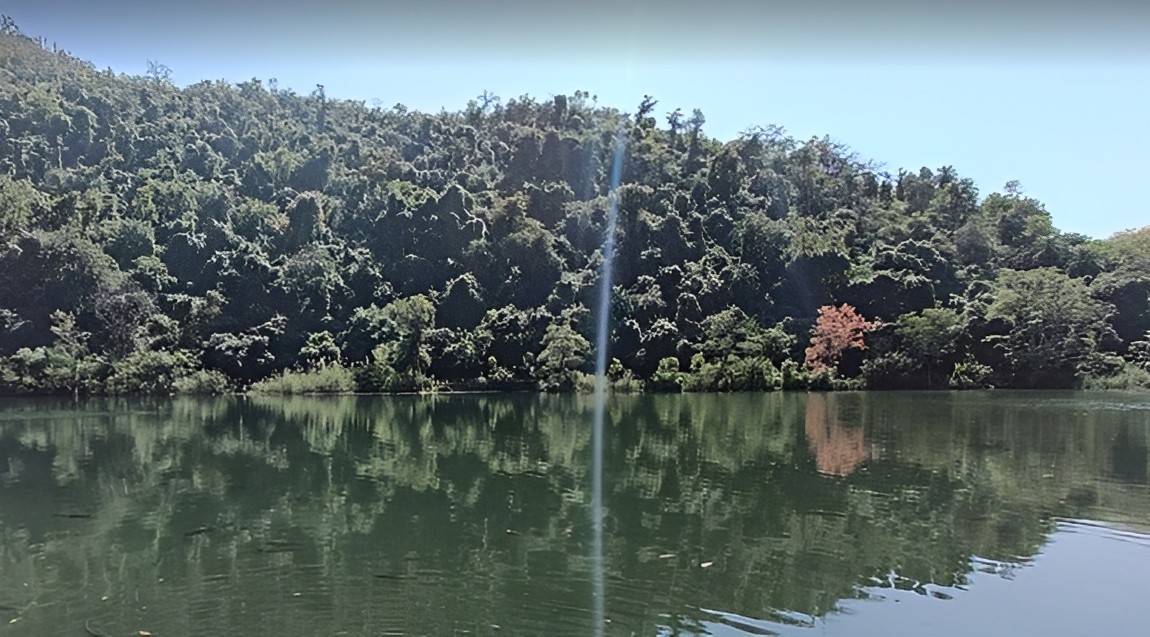
Jaggi Conservation Reserve is an ecologically important patch of protected forest located in the Hoshiarpur district of Punjab. A part of the fragile Shivalik ecosystem, the conservation reserve is trying to balance intensive agriculture prevalent in Punjab with native forest and wildlife corridors in the Kandi region.
Where is Jaggi Conservation Reserve?
Bhunga and Garhshankar are two main nearby villages situated near the Jaggi reserves. In Hoshiarpur, the reserves are within the Kandi foothill zone—a transitional belt between the fertile plains of Punjab and the rising Shivalik hills.
Why It Was Declared a Conservation Reserve
Unlike national parks and wildlife sanctuaries, Conservation Reserves in India are a unique category of protected area. They are generally declared on government-owned land near human settlements to protect landscapes that have
* Significant ecological , but
* Close human use, such as grazing, fuelwood collection, or farming.
Jaggi Conservation Reserve was notified to protect:
* Small patches of mixed deciduous forest.
* Seasonal streams (*choes*) that feed into local dams and rivers.
* Important corridors for small mammals and birds moving through the Shivalik foothills.
* Native flora, including species like Shisham (Dalbergia sissoo), Kikar (Acacia nilotica), Khair (Acacia catechu), and scrub forest.
Flora and Fauna
Though relatively small, Jaggi Reserve supports local biodiversity typical of the Punjab Shivalik-Kandi zone.
* Mammals: Jackal, Indian hare, mongoose, and wild boar; leopards are occasionally reported in the wider region.
* Birds: Peafowls, partridges, babblers, drongos, and woodpeckers—making it good for local birdwatchers.
* Reptiles: Common lizards and snakes.
* The area’s undergrowth and canopy trees also help conserve soil and recharge local groundwater.
Community Connection
Jaggi is surrounded by villages whose communities depend on the forest for small forest produce and grazing. Declaring it a Conservation Reserve means
* Local communities co-manage and protect the area with the Forest Department.
* It serves as a living example of community-based conservation — balancing livelihood needs with ecological protection.
Travel and Visitor Experience
Though there’s no formal tourist infrastructure, Jaggi is interesting for:
* Short nature walks through forested tracts.
* Local birdwatching , especially in the early mornings.
* Experiencing the quiet rural landscape of the Kandi foothills.
* Combining with nearby attractions like Takhni-Rehmapur Wildlife Sanctuary , Dholbaha Archaeological Site , Damsal Dam, or a drive through Hoshiarpur’s forested villages.
It’s perfect for
* Students and researchers studying ecology, soil conservation, or community forestry.
* Travelers interested in offbeat eco-trails rather than mainstream tourism.
How to Reach
* Nearest Town: Hoshiarpur (~20–30 km, depending on the approach village)
* By Road: Well-connected by local roads. Private vehicles or taxis are best.
* Nearest Railway Station: Hoshiarpur or Garhshankar.
* Nearest Airport: Amritsar (~140 km) or Chandigarh (~120 km).
Best Time to Visit
The best months are October to March, when the weather is pleasant and migratory birds may be seen. Summer is hot and dry, while the monsoon makes the forest lush but can make access to trails muddy.
Nearby Places to Combine
If you’re exploring Jaggi, build a day trip or weekend plan that connects
* Takhni-Rehmapur Wildlife Sanctuary (for more forest trails)
* Dholbaha Archaeological Site (ancient sculptures and ruins)
* Damsal Dam (scenic picnic spot)
* Dasuya Forest Division (for deeper forest drives)
